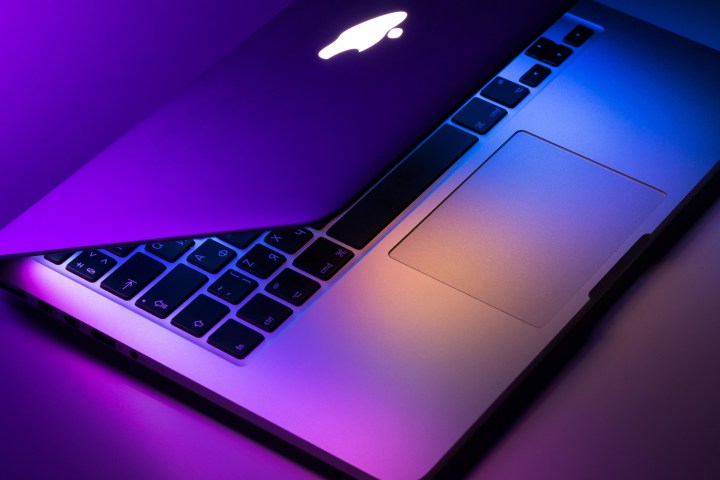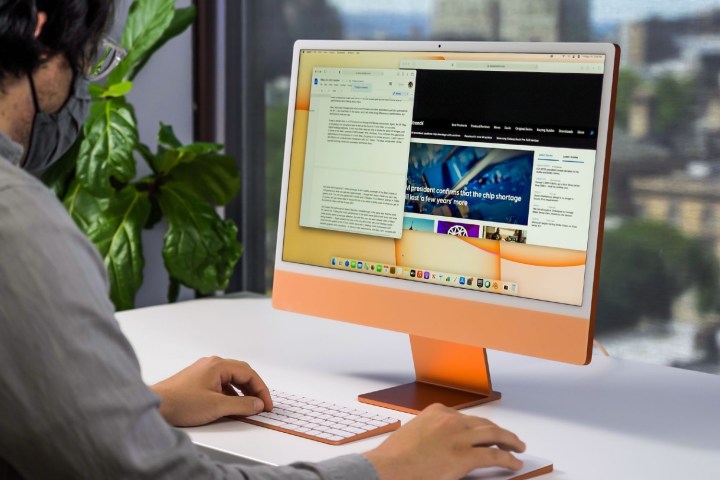
Apple has just confirmed that MacOS Monterey, set to release later this year, will support Adaptive Sync on external displays. It wasn’t mentioned during the keynote at the Worldwide Developers Conference this week, but it was during a WWDC developer session. MacOS Monterey is the latest version of the MacOS, and it will soon be available on MacBooks, iMacs, and Mac Minis. Adaptive Sync will allow a lot of these newer Macs to support variable screen refresh rates, possibly making them more viable for gamers.
Not all Macs are going to receive Adaptive Sync support, but a lot of them will. The technology will work on all devices with Apple Silicon inside, including newer models with M1 chips, as well as some of the more recent Intel-based Macs. Another requirement is access to DisplayPort 1.2a connectivity. The use of DisplayPort 1.2a is not a coincidence, as this technology is also used by both Nvidia’s G-Sync and AMD’s FreeSync.
Apple claims that enabling the feature will be easy to do. After connecting a compatible Adaptive Sync display to a Mac that supports it, all users will have to do is pick the variable refresh rate option in System Preferences > Displays.
Adaptive Sync is a technology that eliminates screen tearing, stuttering, and input lag. It synchronizes the display refresh rate with the frames per second (fps) provided by the graphics card. The result is usually a smoother gaming experience as the screen adapts to what is currently happening in the game. Macs are not typically the first choice when it comes to the best desktops for gaming, as they are often favored by content creators and creatives. The addition of Adaptive Sync suggests that Apple might be looking to open up its range to a whole new customer base.

The arrival of Adaptive Sync to MacOS Monterey is something many enthusiasts have been hoping for. This tech has been readily available to Windows users for a few years now, so not having it on Macs was slowly becoming a glaring oversight. The only option to change that was to connect an external display with a higher refresh rate, but that was an unofficial workaround. Apple has never explicitly addressed support for higher refresh rates in its documentation, but reports indicate that it is possible.
Although Adaptive Sync is only launching on MacOS later this year, the tech was already present in other Apple products. Both the 10.5-inch iPad Pro and the 12.9-inch second-generation iPad Pro support Apple’s ProMotion Display feature. This allows these tablets to benefit from screen refresh rates of up to 120Hz. However, ProMotion Display was never implemented in any of Apple’s Mac desktops or laptops. The arrival of Adaptive Sync support could hint that Apple has plans to eventually bring these higher refresh rate displays to Macs in the future.
MacOS Monterey is currently in the beta stage and is only available to developers. Apple plans to open public beta testing in July, allowing some users to begin using Adaptive Sync ahead of time. If everything goes according to schedule, MacOS Monterey should be released on all compatible devices in the fall.


